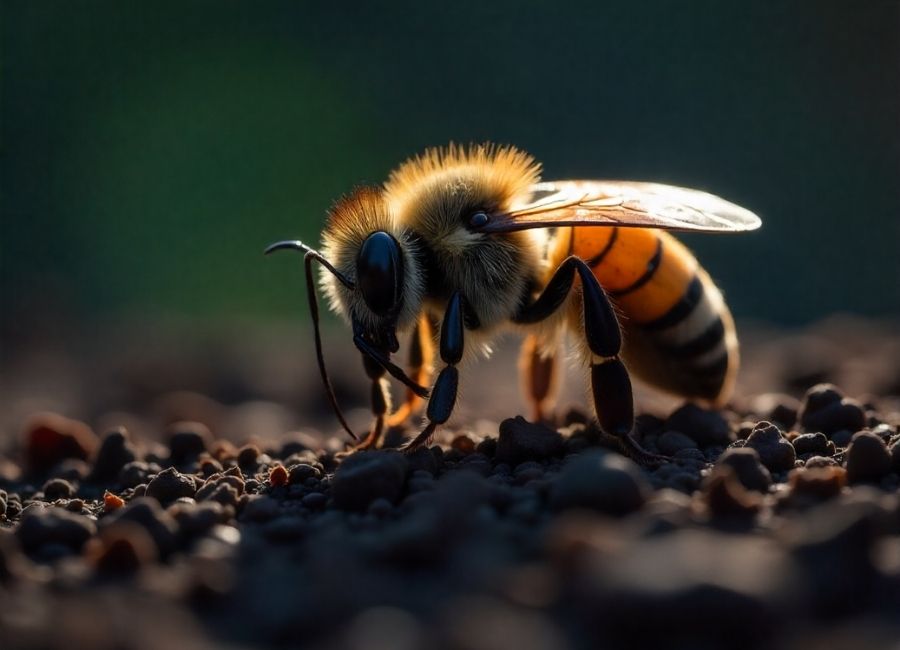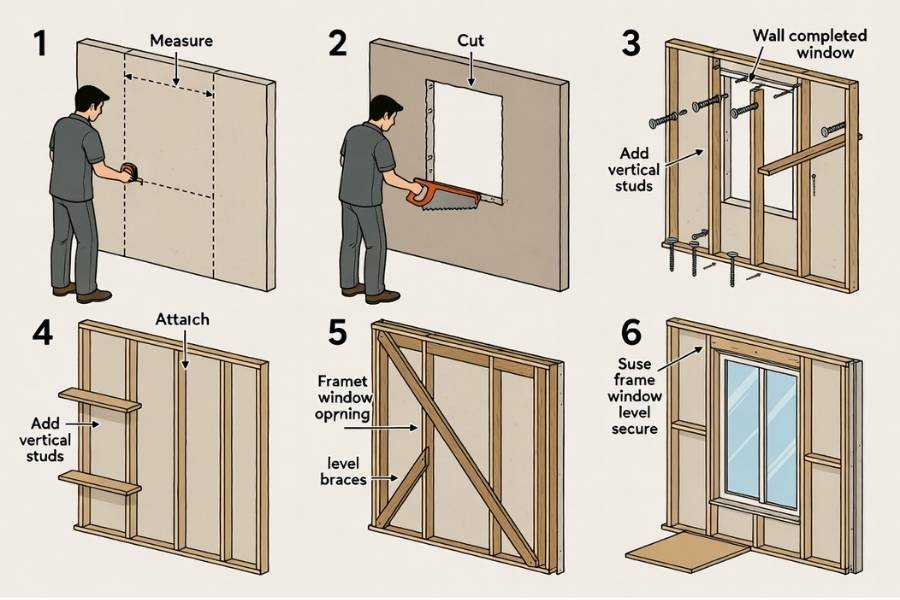Bees are essential pollinators that contribute significantly to the health of our ecosystems. However, when bees build their nests underground, they can pose challenges or even hazards for homeowners, gardeners, and anyone working near them. Ground bees, while generally non-aggressive, still require careful and ethical handling when they become too close for comfort.
This guide explains how to identify ground bees, why they build underground nests, and the most effective and eco-friendly ways to remove them without harming the environment or these important insects.
Understanding Ground Bees and Their Behavior
What Are Ground Bees?
Ground bees, also known as mining or digger bees, are a group of solitary bee species that nest in the soil. Unlike honeybees, which live in colonies, ground bees are typically solitary. Each female digs her own burrow to lay eggs and raise her young.
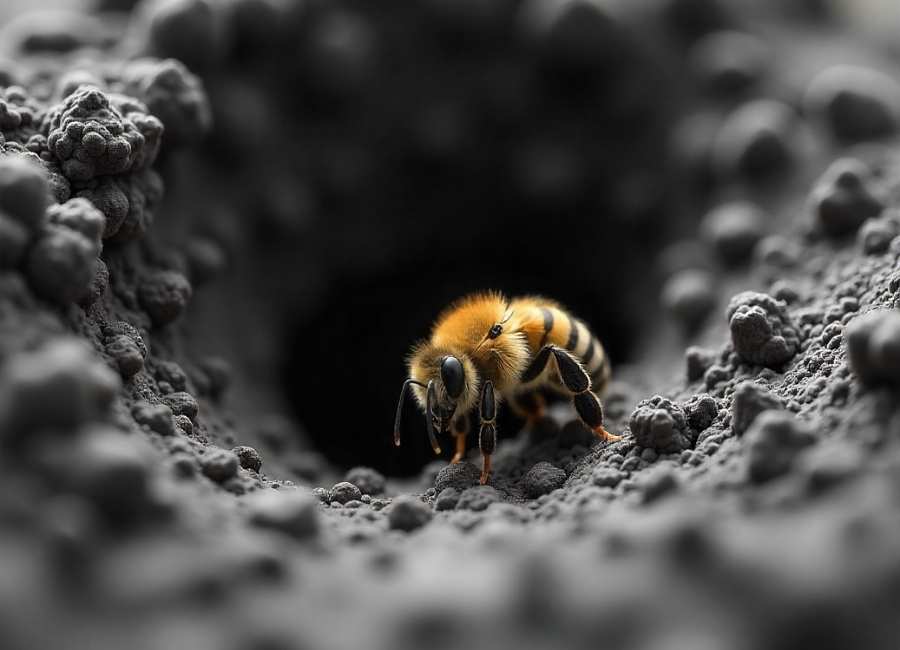
Why Do Bees Nest in the Ground?
Bees build underground nests because the soil provides shelter for their young and protects the hive from predators. Sandy or well-drained soils are especially attractive to these bees. If your yard or garden has dry patches, it might unintentionally create a perfect home for ground nesters.
Are Ground Bees Dangerous?
Most ground bees are not aggressive and will not sting unless provoked, making them relatively harmless compared to more aggressive species. However, their presence might still be inconvenient if their nests are near frequently used areas, such as walkways, play areas, or gardens.
Signs of a Ground Bee Nest
Before addressing the infestation, make sure you’re actually dealing with bees. Here are common signs of ground bee nests:
- Small mounds of loose soil with a hole in the center.
- Increased bee activity hovering near the soil.
- Bees going in and out of specific spots repeatedly.
If you observe these signs, it’s likely you’re hosting a ground bee colony.
How to Get Rid of Ground Bees Safely
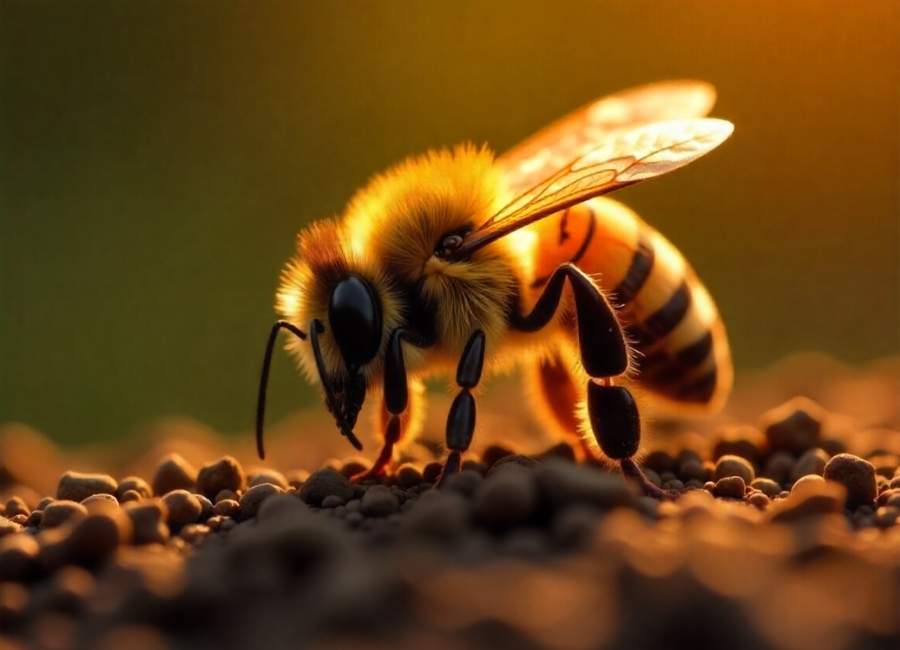
Before attempting to eliminate bees, consider whether they actually need to be removed. Bees provide immense value to the environment by pollinating plants, and many are facing population decline. If the nest is in an area that doesn’t interfere with your activities, it’s often best to leave them alone.
If removal is necessary, follow these steps:
1. Confirm They’re Not Protected Species
Many types of bees are endangered or legally protected. Check local regulations to ensure that removing the bees is permissible, and consider contacting a local pest control company with experience in humane removal.
2. Use Non-Lethal Methods First
If using non-lethal options aligns with your priorities, consider the following safe and effective methods:
- Water the Area Frequently
Ground bees prefer dry soil. Watering the area consistently for a few days can make the habitat less desirable, encouraging them to relocate. Start with this method before more invasive approaches.
- Cover the Nest Entrance
Temporarily covering the nest holes with fine mesh or soil can discourage bee activity. Use this method cautiously as it might upset the bees if they can’t escape.
- Smoke Them Out
Light, cool smoke from a bee smoker can encourage bees to abandon their nest. This technique is better suited to smaller nests.
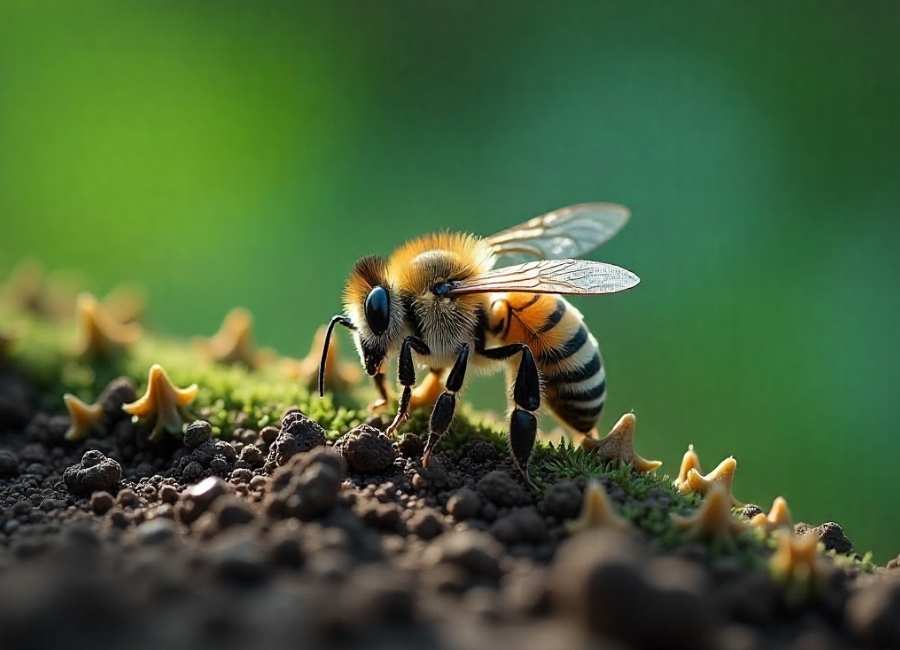
3. Make the Area Unattractive to Bees
To prevent bees from returning, take proactive steps to make your yard less appealing:
- Replace sandy or loose soil with denser, wetter soil.
- Cover open soil with mulch or grass.
- Water the area regularly to keep it damp and uninviting.
4. Use Natural Bee Repellents
Certain natural substances can deter ground bees without harming them:
- Essential oils like peppermint or citronella mixed with water can be applied near nesting areas.
- Vinegar solution also acts as a mild repellent. Use a spray bottle to apply it near holes or nesting areas.
5. Hire a Professional
If the nest is large or the bees cannot be safely removed, contact a professional pest control service or beekeeper. They can help relocate or manage the bees responsibly without jeopardizing their survival.
Important Notes About Chemical Methods
While insecticides can be tempting for quick removal, they often harm not only bees but also the surrounding ecosystem. Use chemical solutions only as an absolute last resort, and always choose products labeled safe for use around pollinators.
Why Bee Conservation Matters
Remember, bees play an essential role in maintaining biodiversity, pollinating crops, and producing honey. Their growing population threats mean removing them should always be a thoughtful, responsible process. Whenever possible, consider working with professionals to relocate rather than exterminate.
Wrapping Up
Ground bees can be both helpers and a hindrance depending on where they build their nests. Identifying and understanding their behavior is crucial before taking any action to remove them. The best approach is a safe and sustainable one, prioritizing relocation or deterrence over harmful methods.
If you’re a homeowner or gardener dealing with ground bees, take action responsibly with the tips outlined here to protect both your property and the ecosystem. For expert support, consult a local pest control professional or beekeeper.







